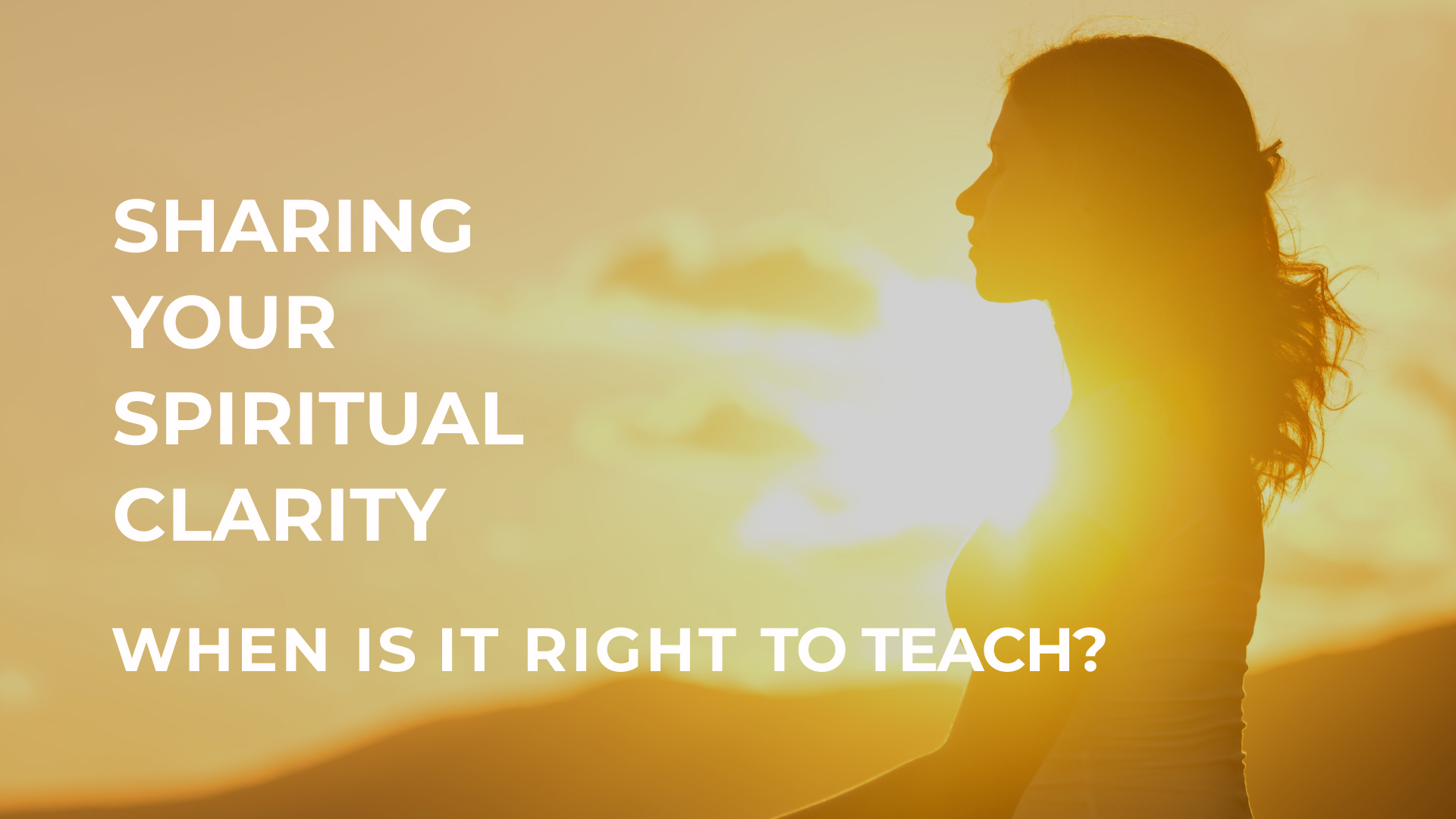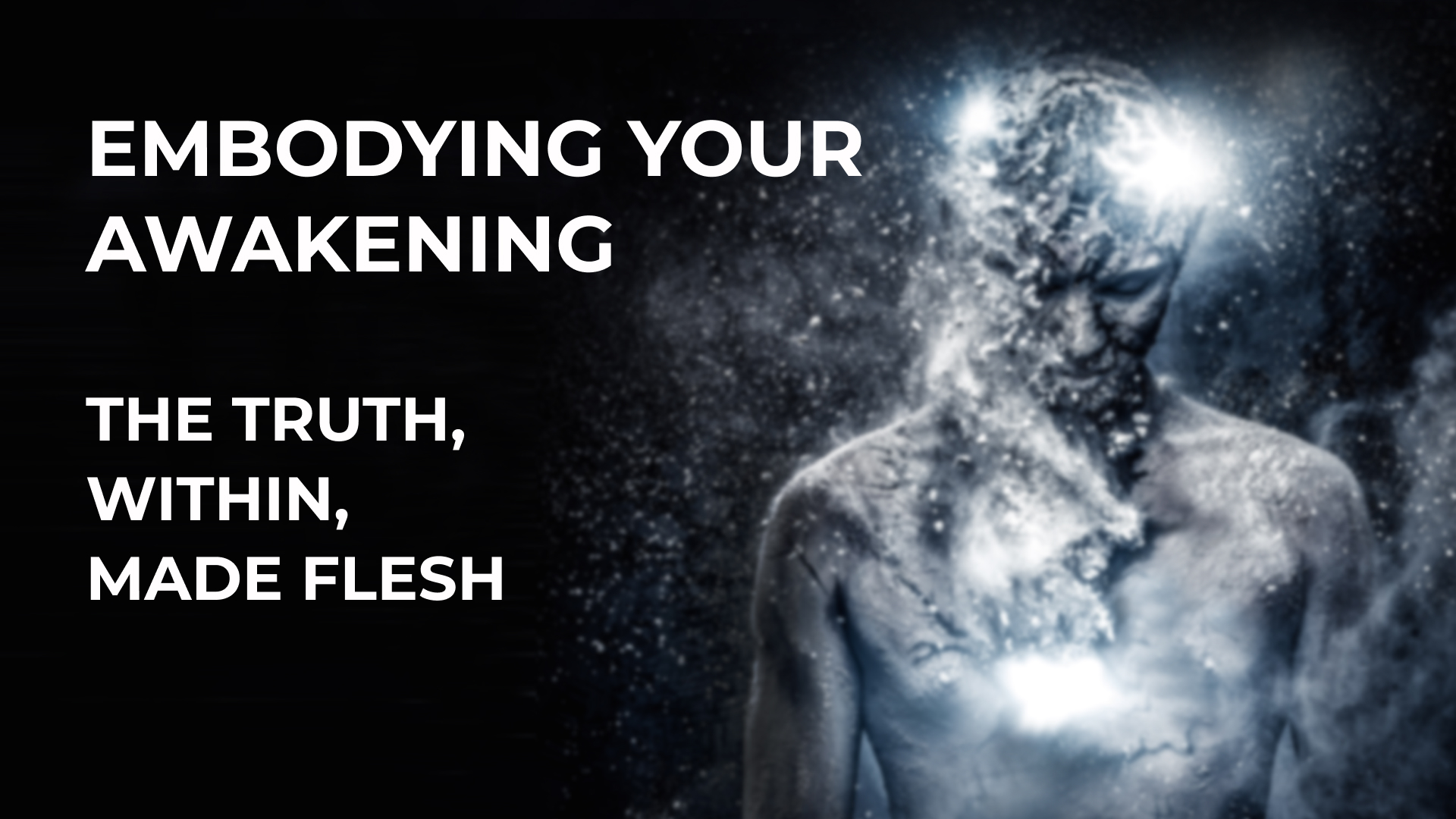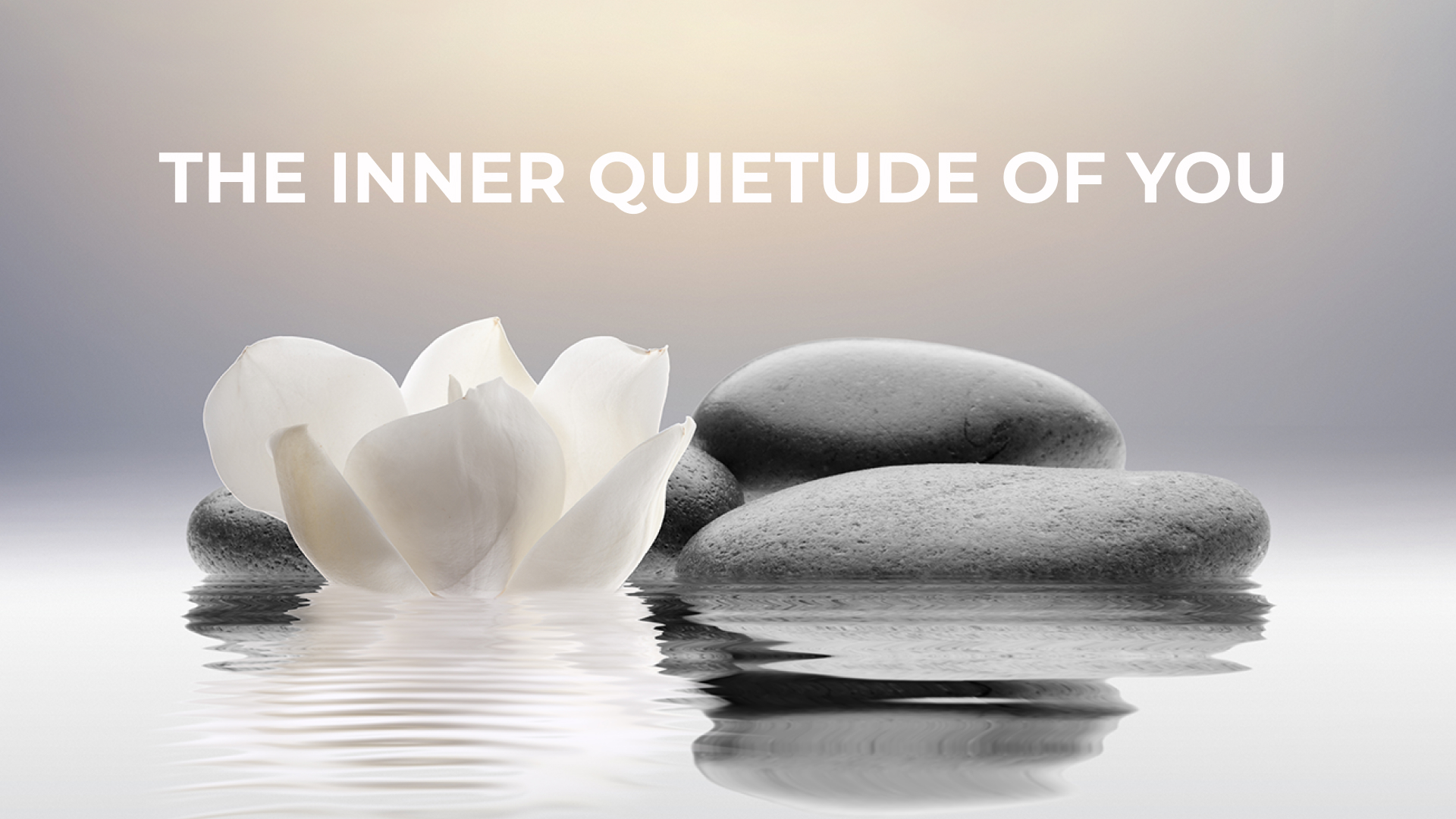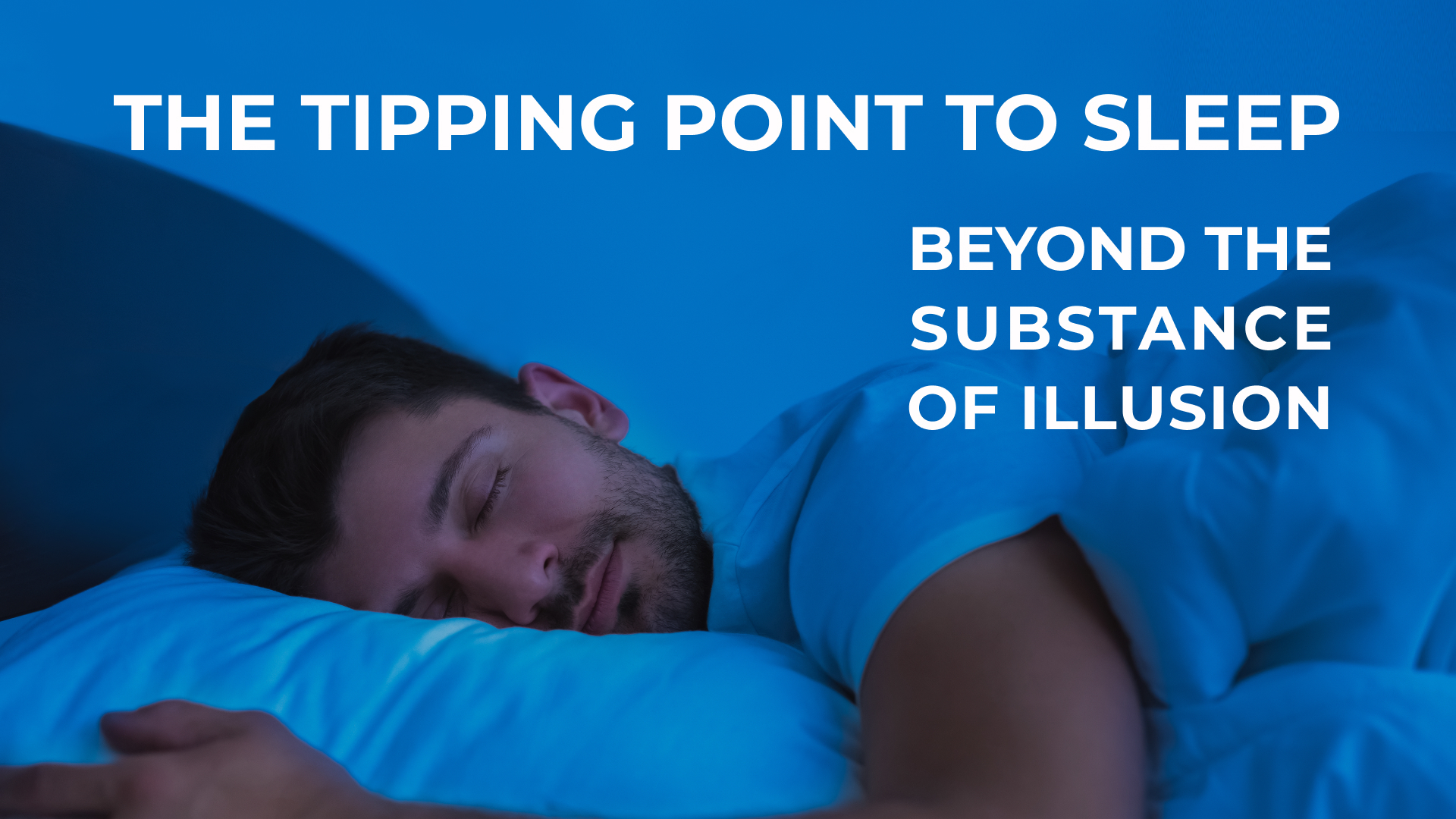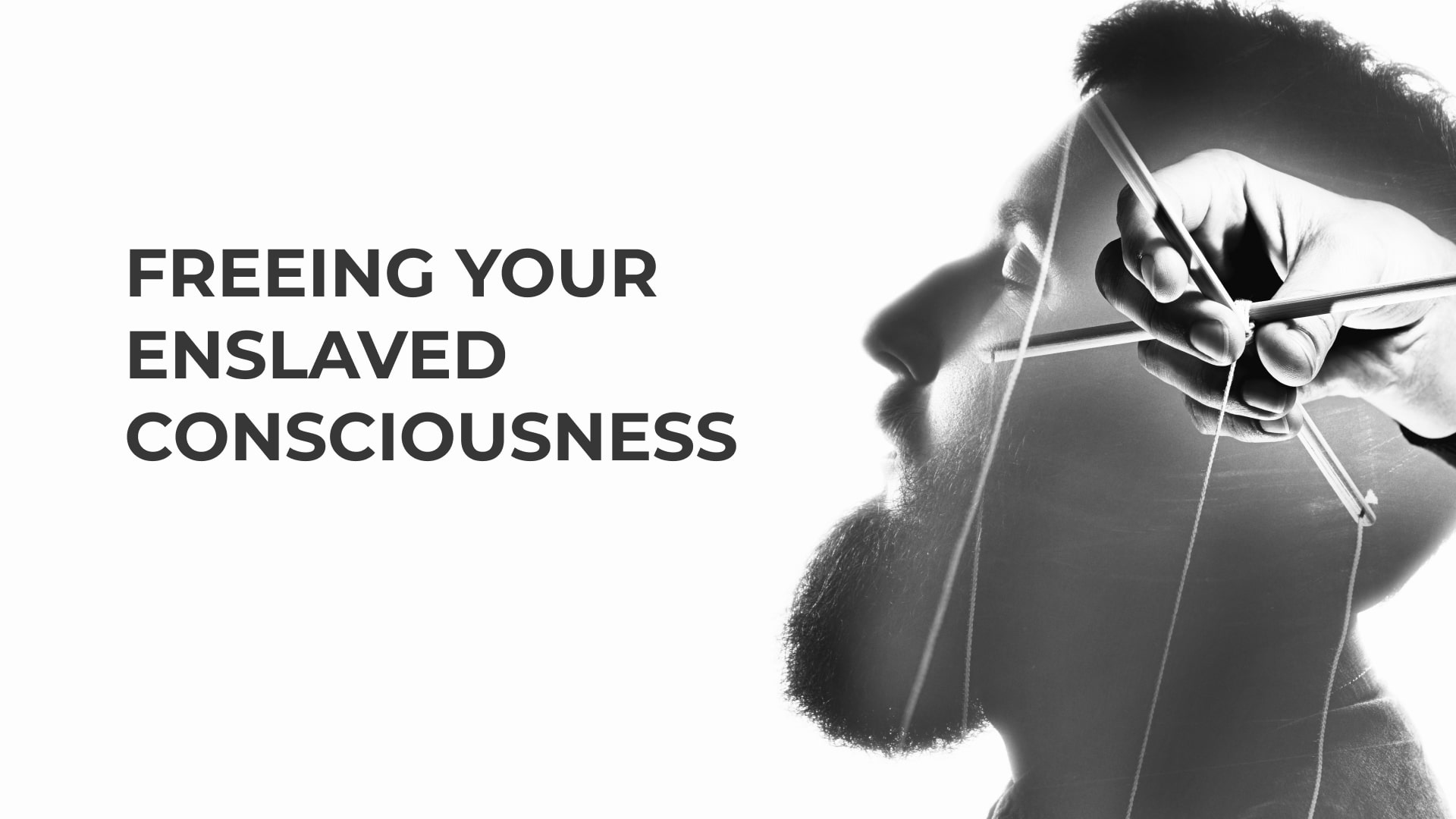Q: I’m just coming out of a quite dysfunctional and abusive home life, and what I did with that was make myself really invisible and unable to speak for most of my life. I’ve been moving through that, and with everything I’ve learned here, my question would be around if it’s possible to let that old stuff just go all at once.
John: That would be like you letting go of your whole reality all at once – the death of illusion while you live. It’ll all register in your nervous system. Illusion is embodied in the nervous system. Let go of a belief, and the form of that belief will flare in your nervous system.
Your nervous system is physical form that tells you, concretely, to keep your beliefs. Your nervous system enforces you keeping your beliefs. That can all be undone by you being openness and softness of heart, unconditionally, in the midst of your nervous system, regardless of how you experience your nervous system and any reason as to what seems why your nervous system flares. The reason that seems why isn’t why. It’s only you remaining opened and softened in your heart, in the midst of your present nervous system, that invites your nervous system little bit by little bit to open like you are. All of that occurs practically.
Q: Can you say more about the “practically” part?
John: You softening in the midst of your nervous system is you softening in the midst of forms in your nervous system that falsely represent reality. The experience of it is physical and actual. Your nervous system applies, in very concrete and practical ways, to every little bit of your life. Your nervous system is form of your mind. For your mind to come at rest, for the forms of thought illusion, emotional and feeling illusion, to come apart and all come back together differently in a way that represents reality as it is … all of that will be experienced in your nervous system. Your nervous system prevents you from inadvertently letting go of your mind. It’s form of your mind.
Q: And is it also attached to the emotional body?
John: All of it is your body: some, much or most of it falsely representing what’s real.
Q: So when I have this experience of this past welling up for seemingly no reason, and experiencing that as actual physical pain, was that just my opening or was it my believing something that wasn’t true?
John: It could be either one. Opening can bring up a false belief, a form of illusion. It can loosen it, enabling it to register in your nervous system, physically, right at the surface.
What can bring about the same experience is you, because of a circumstance, reinforcing through a judgment something that’s already been long put in place. Adding something new to a form of illusion, adding to that form can cause a physical pain. You taking away from that form because of newly opening can cause the same pain. In that way the experience doesn’t tell you the truth of what’s happening. The experience tells you that something is really happening. The experience alerts the attention. All that there really is for you to be in that is not to understand what the source of the pain is – whether it’s you fortifying an old belief or whether it’s you deeply opening that’s causing a belief to come apart. It doesn’t really make a difference. Understanding won’t help you. When the experience alerts your awareness so it brings your attention, all that there really is for you is to open. It’s beingness first, not thinking first or understanding first; it isn’t seeing first.
Q: Just opening.
John: Yes.
Q: The intensity of it … I’ve had this many times come up over the period of my life and each time I think that I’ve worked it through or I’ve dealt with it. But each time it comes up now it’s even stronger. So now I’m wondering if it’s a deeper level of this old woundedness that I put there?
John: Could be, might be. It really doesn’t matter.
Q: But I could keep experiencing that my whole life.
John: Yes.
Q: That’s a possibility, and then to know that it is what it is and just to open and soften. It’s all good.
John: It’s not even that that’s what is and all good. It really all comes down to only one and that is beingness: not the understanding that beingness is first; not the understanding that beingness matters more than anything else, but it is, in fact, beingness that matters first to you. In that way, when you experience something, you don’t need to tell your self to be warmly okay, to relax as awareness. All of that is too much. It’s simpler, easier and immediate. It really is you, awareness, cluelessly opening.
Q: So by “cluelessly” you mean without a thought, without any need to understand? Just open, open, open …
John: Yes. Any little bit that you add to it makes a process of it. It adds sophistication to what it is that you’re letting go of.
The more you’re opening the more you will do, and the simpler your doing. That doesn’t mean that you’ll do the right thing, but because you are so opening that in all of your doing you’ll be learning quickly.


